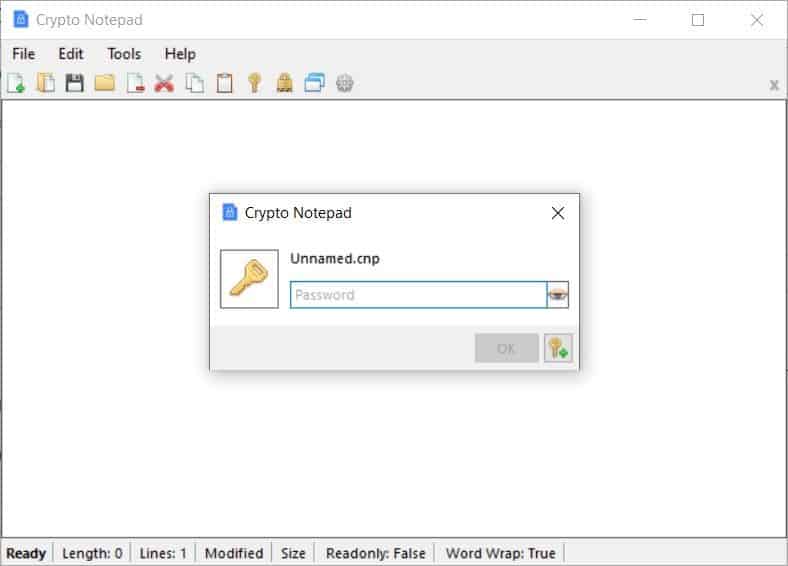


The ASCII character set is the most common compatible subset of character sets for English-language text files, and is generally assumed to be the default file format in many situations. A text file may contain no data at all, which is a case of zero-byte file. A disadvantage of text files is that they usually have a low entropy, meaning that the information occupies more storage than is strictly necessary.Ī simple text file may need no additional metadata (other than knowledge of its character set) to assist the reader in interpretation. Further, when data corruption occurs in a text file, it is often easier to recover and continue processing the remaining contents. They avoid some of the problems encountered with other file formats, such as endianness, padding bytes, or differences in the number of bytes in a machine word. Data storage Ī stylized iconic depiction of a CSV-formatted text file.īecause of their simplicity, text files are commonly used for storage of information. "Text file" refers to a type of container, while plain text refers to a type of content.Īt a generic level of description, there are two kinds of computer files: text files and binary files. Some operating systems with record-orientated file systems may not use new line delimiters and will primarily store text files with lines separated as fixed or variable length records. Most text files need to have end-of-line delimiters, which are done in a few different ways depending on operating system. On modern operating systems such as Microsoft Windows and Unix-like systems, text files do not contain any special EOF character, because file systems on those operating systems keep track of the file size in bytes. In operating systems such as CP/M and MS-DOS, where the operating system does not keep track of the file size in bytes, the end of a text file is denoted by placing one or more special characters, known as an end-of-file (EOF) marker, as padding after the last line in a text file. A text file exists stored as data within a computer file system. Document file format, Generic container formatĪ text file (sometimes spelled textfile an old alternative name is flatfile) is a kind of computer file that is structured as a sequence of lines of electronic text.


 0 kommentar(er)
0 kommentar(er)
